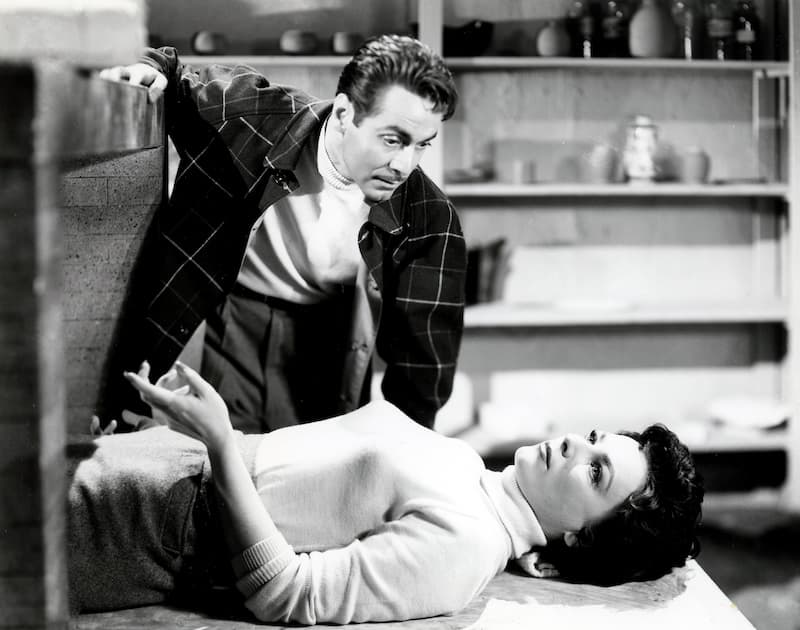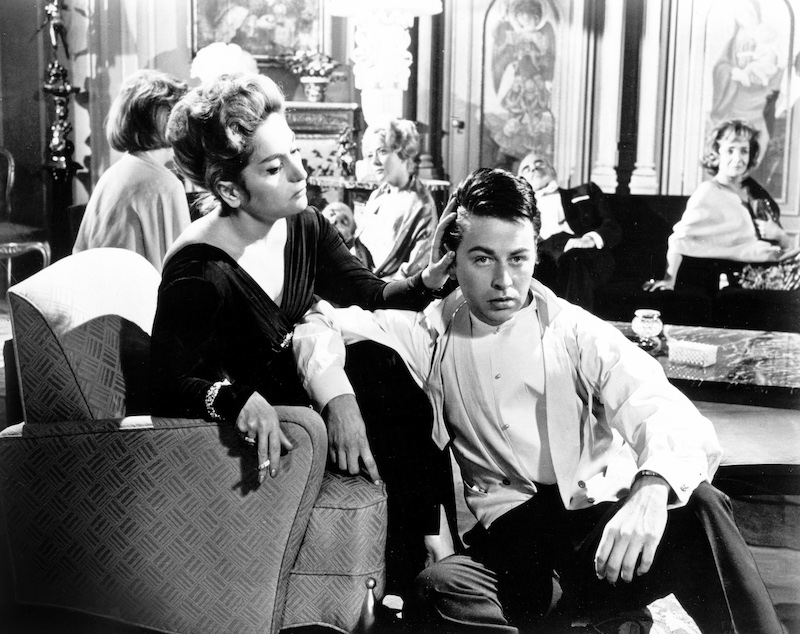MoMA Is Taking Director Luis Buñuel’s Mexico Period Out From Under the Radar
The 19 films being showcased have, for the most part, been overshadowed by Buñuel’s early Surrealist ventures and the late works made in Europe. The latter are commonly considered his finest films, but are they really?

‘Buñuel in Mexico’
Museum of Modern Art
February 1-20
The legacy of Spanish director Luis Buñuel (1900-83) will forever bear the albatross of “Un Chien Andalou” (1929), the avant-garde film made in collaboration with a Surrealist painter, Salvador Dalí, in which a woman’s eye famously undergoes injury. Like many artifacts whose claim on history is based on outrageousness, this artifact hasn’t aged well. The shelf life of sensationalism is notoriously short.
So, it’s a good thing that the Museum of Modern Art has organized “Buñuel in Mexico,” an overview of 19 films that have, for the most part, been overshadowed by the director’s early Surrealist ventures and the late works made in Europe. The latter are commonly considered Buñuel’s finest films, but are they really? A revisiting of “The Discreet Charm of the Bourgeoisie” (1972) uncovered a takedown of upper-class hypocrisy so ham-handed that only a tenured Marxist could see fit to extol its virtues.
Then again, “The Exterminating Angel” (1962) covers much of the same ground, with its cadre of stuffed shirts trapped by a supernatural force inside the confines of an elegant mansion. Their baser natures emerge as the days drag on: personal grievances, illicit longings, and desperation ensue as food, fresh air, and medication dwindle. Here Buñuel tempers his disdain by admitting to a nagging degree of ambiguity.
Or maybe it’s just that black-and-white cinematography lends itself better to poetry and portent. “The Exterminating Angel” is counted among Buñuel’s best-known pictures, but, as MoMA’s curator, Dave Kehr, notes, the majority of his Mexican efforts have flown under the radar.

It was in these films, Mr. Kehr writes, that Buñuel can be seen “mastering the technical side of the medium and learning to negotiate the conflicting demands of a popular medium.” Conflict and negotiation were not only part-and-parcel of Buñuel’s aesthetic, but also indicative of a complicated, often contradictory and peripatetic life. What species of cultural, social, and personal foment did Buñuel not encounter or participate in?
His follow-up to “Un Chien Andalou,” the anti-clerical “L’Age d’Or” (1930), proved scandalous even to Dalí, and earned its financial backers the enmity of the Vatican. Political turmoil in his native Spain led to Buñuel joining the communist party. He took an active part in the Second Spanish Republic as an archivist, propagandist, and, if all accounts are true, spy. All the while Buñuel played footsie with MGM, thought up gags for Charlie Chaplin, and, later in his travels, worked on anti-fascist films for the U.S. government.
It was while on a stopover at Mexico City that Buñuel was invited by producer Óscar Dancigers to make a go of it in Mexico. The director’s first film, a musical comedy titled “Gran Casino” (1947), was a flop: “It’s harmless,” Buñuel later stated, “and of no great interest.” The next comedy, “El Gran Calavera” (1949), proved a hit. It was on the set of that film that Buñuel met Luis Alcoriza, an actor and screenwriter who would prove like-minded in terms of a jaundiced view of “man’s weakness.”
The next project on which Buñuel and Alcoriza worked together, “Los Olvidados” (1950), was considerably less popular. A gritty and often nightmarish variant of Social Realism, “Los Olvidados” was excoriated by the Mexican media — one headline dubbed it “a negation of human values” — and the film ended its run after a mere six days. After the movie was shown at the Cannes Film Festival and Buñuel took the prize for best director, “Los Olvidados” reopened in Mexican cinemas to curious, if still wary, audiences.
Notwithstanding the industry’s continuing hesitation about Buñuel’s outre tendencies, he gained a reputation for being an efficient filmmaker and worked steadily. He cultivated important connections, not least the actress Silvia Pinal, who convinced her husband, producer Gustavo Alatriste, to fund “Viridiana” (1961), “The Exterminating Angel,” and “Simon of the Desert” (1965). Although Ms. Pinal had achieved stardom in her native country, her work with Buñuel put her on the international stage.
After “Simon of the Desert,” Buñuel returned to Europe, thereby bringing a close to almost two decades of success and frustration in Mexico. The MoMA retrospective is bound to be bumpy in terms of consistency and quality, but should contain enough idiosyncratic detours to make it worth one’s while.
A good place to start is “The Criminal Life of Archibaldo de la Cruz” (1955), a confounding melange of psychological horror and tawdry melodrama in which a serial killer never quite gets the opportunity to serial kill. Movie-goers in the mood for an absurdist head-scratcher should enjoy it mightily.

